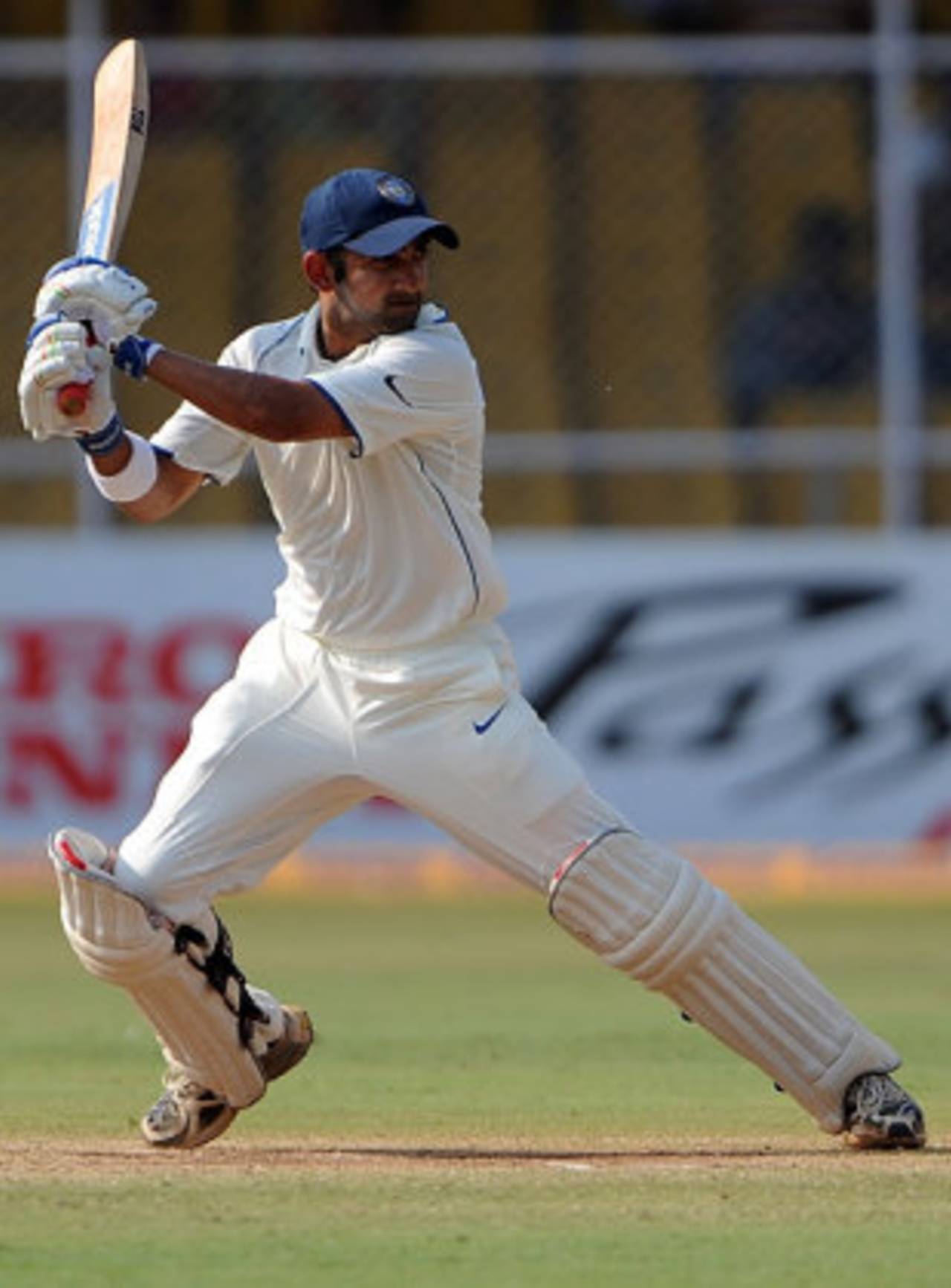"The moment I'm hitting the on-drive correctly, I know I'm in form," Rahul Dravid once said. Gautam Gambhir too pondered much the same: "When my head is not falling over, I know I'm in form." The catchphrase here is "in form". Almost every cricketer talks of this holy word, and when going through a bad patch he'll give an arm to get it back. But like with most things, you value form only when you are out of it.
What exactly is being "in form"?
The dictionary explains "form" in different ways, but for cricketers it's a state of uncluttered mind: when everything falls in place and you don't have to worry about where the next run or the next wicket will come from. When in form, it happens by itself. When in form, your focus is on the next ball, not on the one that just went past your bat. You find gaps when in form, fielders when out of it.
Like Dravid and Gambhir, all cricketers know when they are in form. But while you can usually gauge it by how you do the things you find most difficult to do, there is more to it than just realising your head is not falling over anymore. It takes a combination of things to happen simultaneously.
For batsmen it starts with watching the ball early, judging the length and line to perfection, and then moving your feet swiftly to get your body in position to deal with the ball. For bowlers it starts with the run-up, getting the jump and balance right, and then the perfect wrist position for release. The desired shot or delivery is merely the outcome of having everything else in order.
Can form be achieved?
There isn't a set formula but constant efforts will take you there eventually. Different players approach their bad patches differently. While most prefer to hit the nets and practise as much as possible, some opt to stay away from the game for a while. I belong to the camp that practises for hours. Ricky Ponting is part of the other one. While he believes in both quality and quantity of practice, when not in form he likes to go into the match slightly under-prepared, especially when he's hitting the ball well in the nets. He believes good batting in the nets, at times, gives you false confidence. So instead of working your way out of the slump, you fall prey to the temptation of hitting the big shots you would in the nets.
Greg Chappell has another way of dealing with poor form. He says: "When not in form you should look back at your career stats. More often than not you'd find that you scored runs in every fourth or fifth innings, and hence every innings of low score is actually taking you closer to the innings in which you'd score runs." I think it's a great way to deal with the disappointment of getting out cheaply and handle the bad times.
As kids, we were told to remember good innings from the past from which to draw confidence. Virender Sehwag does that by watching videos of his innings. That's the best way to find the faults and work towards rectifying them.
You could also try spending more time in the middle. Some batsmen like to hit their way out of a bad patch. I prefer fighting it out. During a bad patch in the 2006-07 Duleep Trophy I somehow managed to spend an hour on the crease
against East Zone. I didn't get many runs in the game but struck gold in the final
against Sri Lanka A. I couldn't put a finger on what changed my fortune except for the time spent on the crease in the previous game.
When in form, your focus is on the next ball, not on the one that just went past your bat. You find gaps when in form, fielders when out of it
In form equals not auto-pilot
So once in form, you expect things to be pretty smooth. Not quite. Even Gambhir, who is in sublime form at the moment, doesn't have it easy. Now his challenge is to keep this form going for as long as possible. There will be a temptation to do something extraordinary or outrageous since he seems to be scoring runs at will. He'll need to keep that temptation at bay, and continue doing the basics right.
A bad patch is inevitable so batsmen try to score enough while in form to help them through the slump. Being in form also gives you the chance to improve the chinks in your batting. It's always easier to incorporate new things when you don't have to worry about where the next run is going to come from. And perhaps that's what Sachin Tendulkar has been doing for the past two decades, constantly raising the bar and guarding against temptations and complacency.
Former India opener Aakash Chopra is the author of Beyond the Blues, an account of the 2007-08 Ranji Trophy season. His website is here
